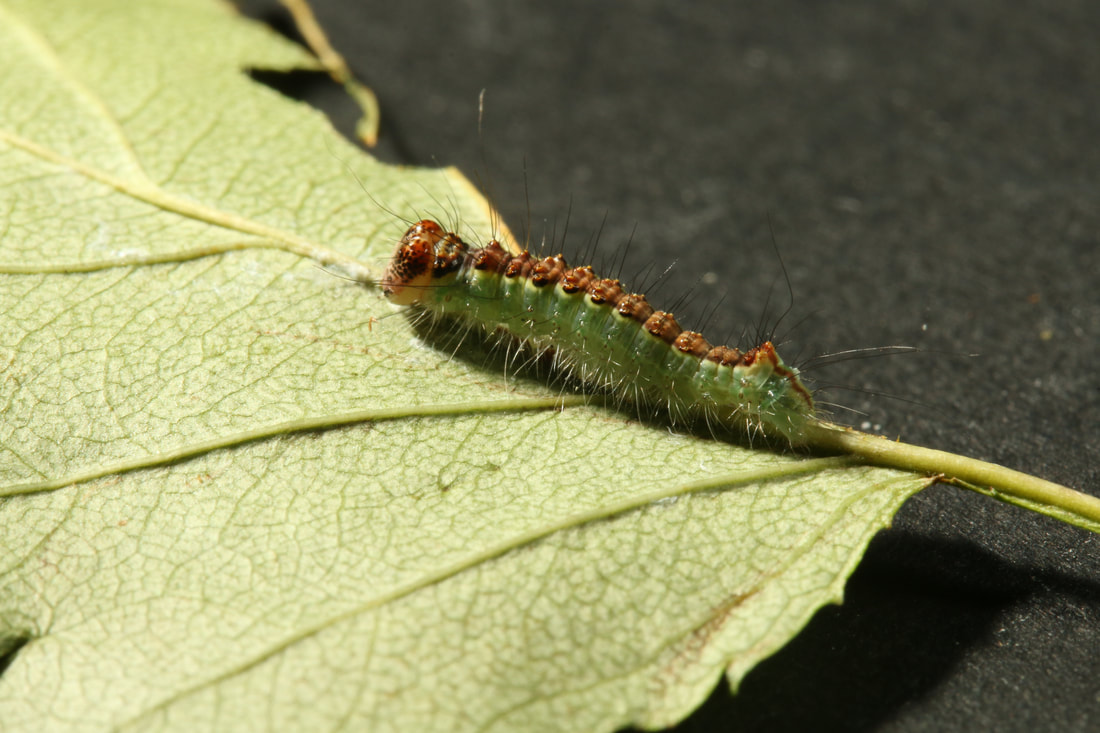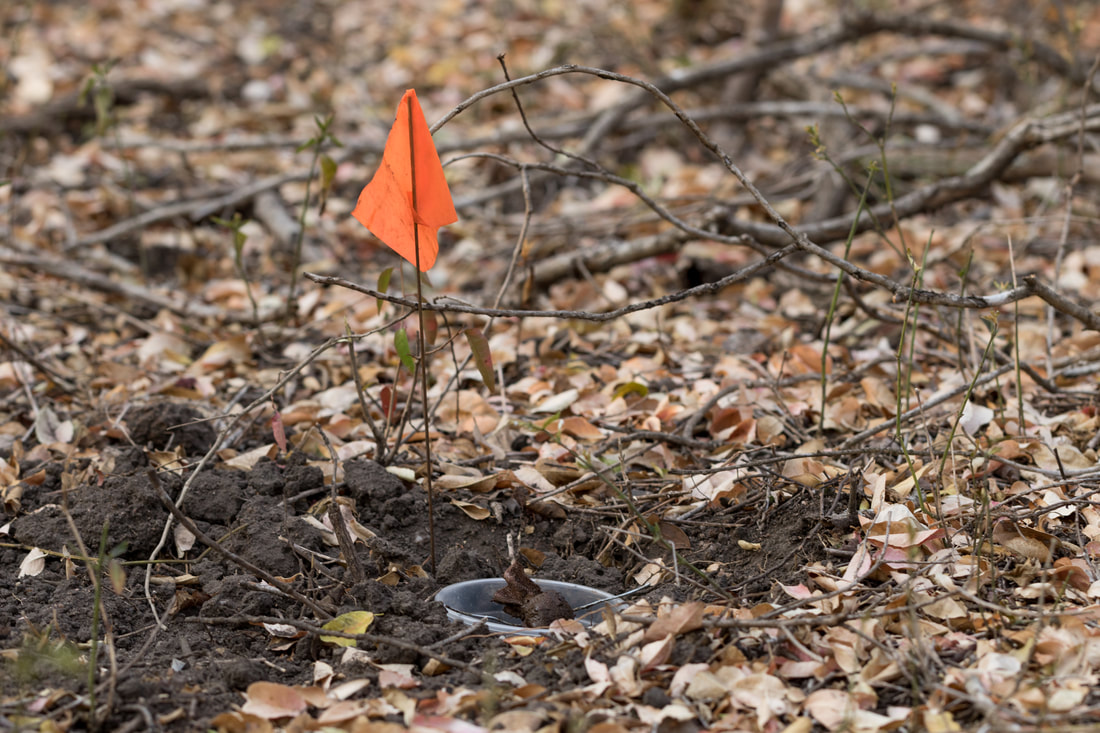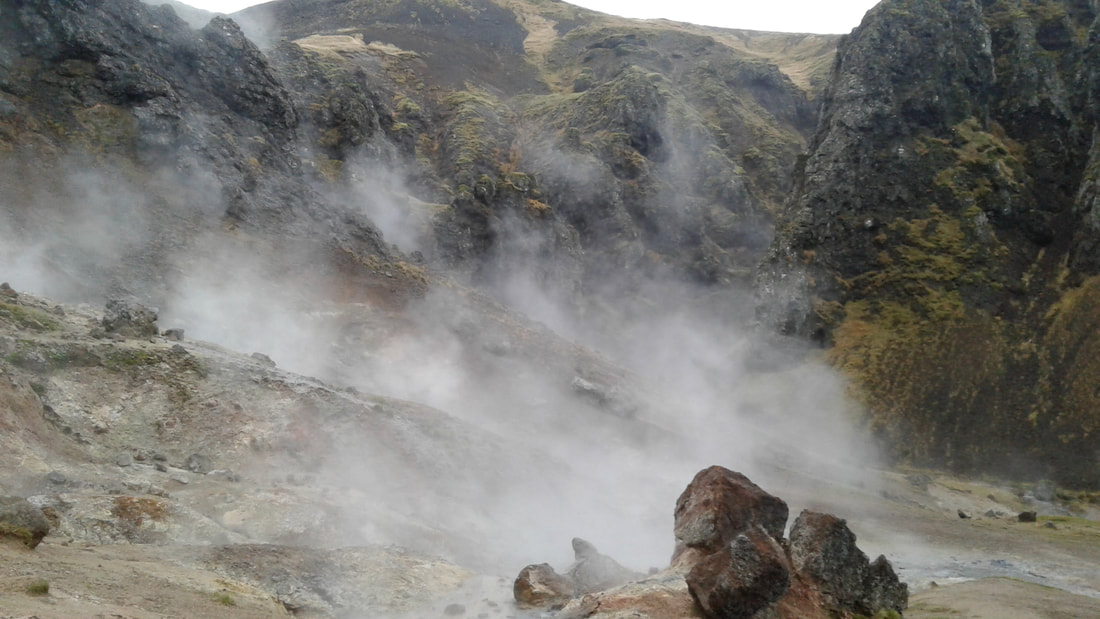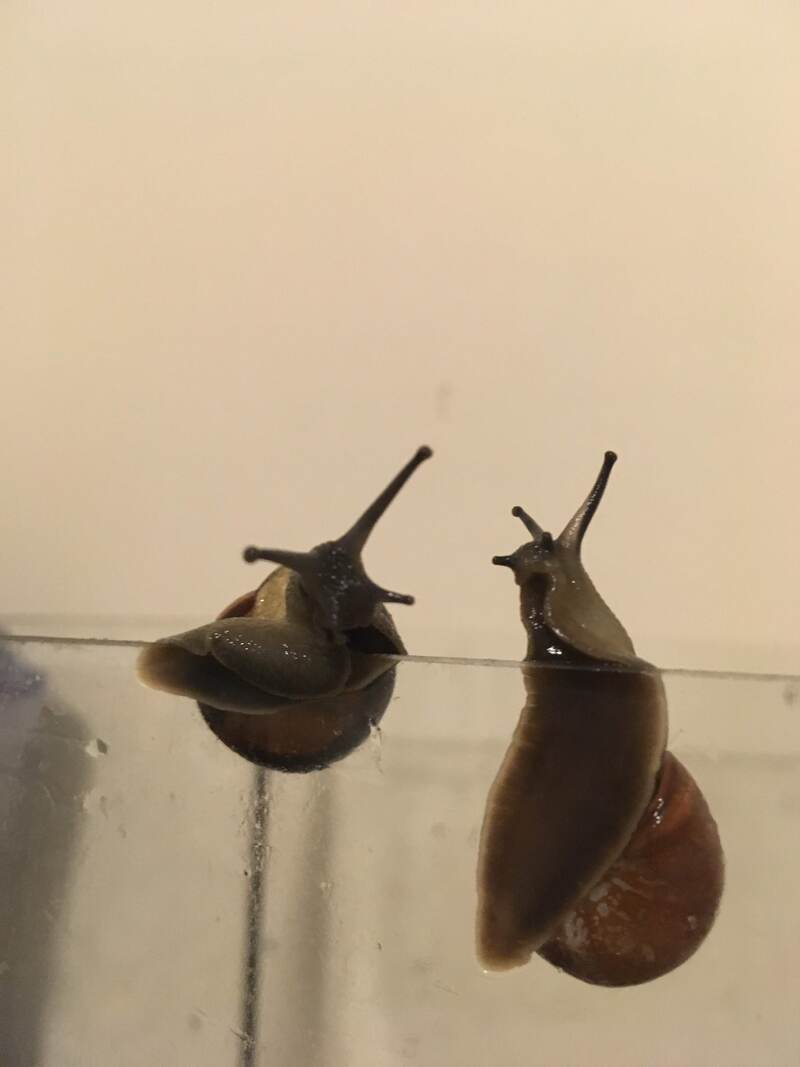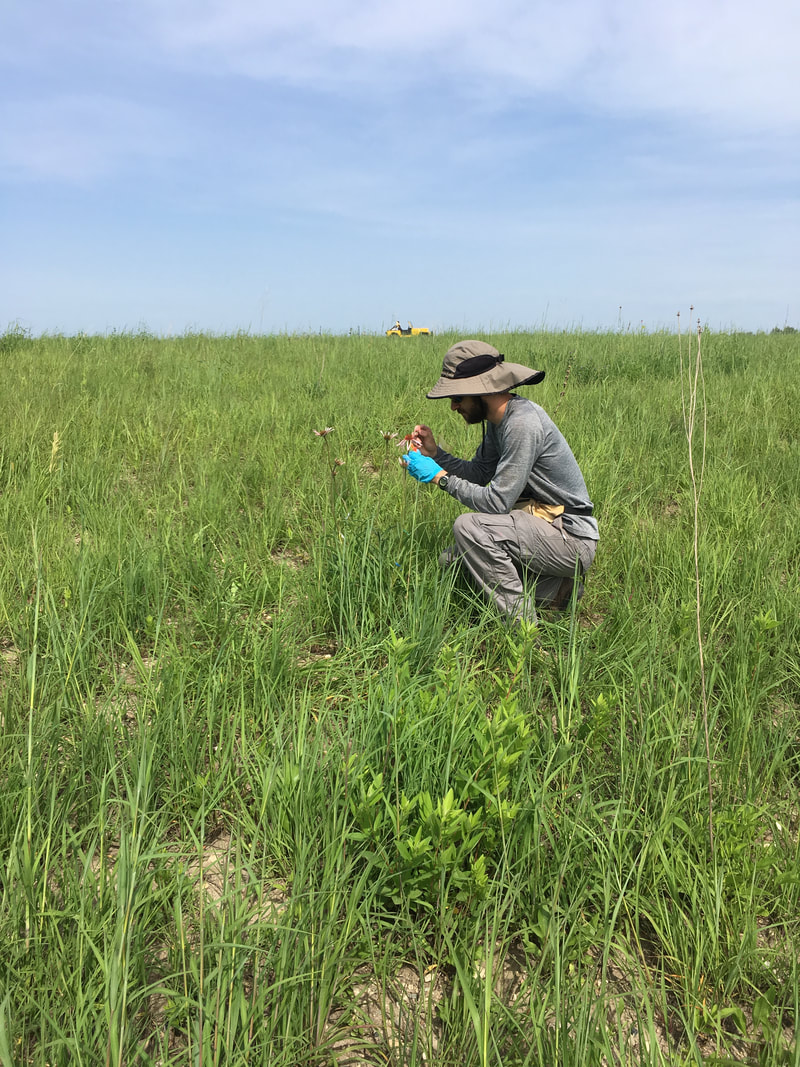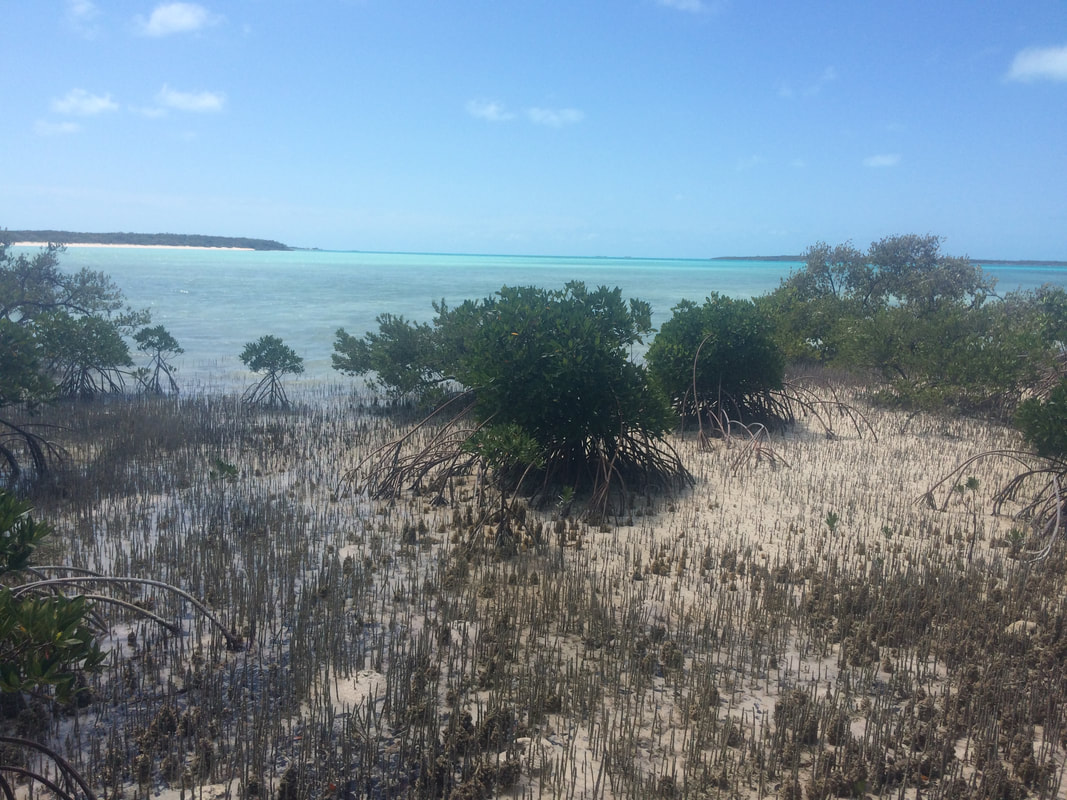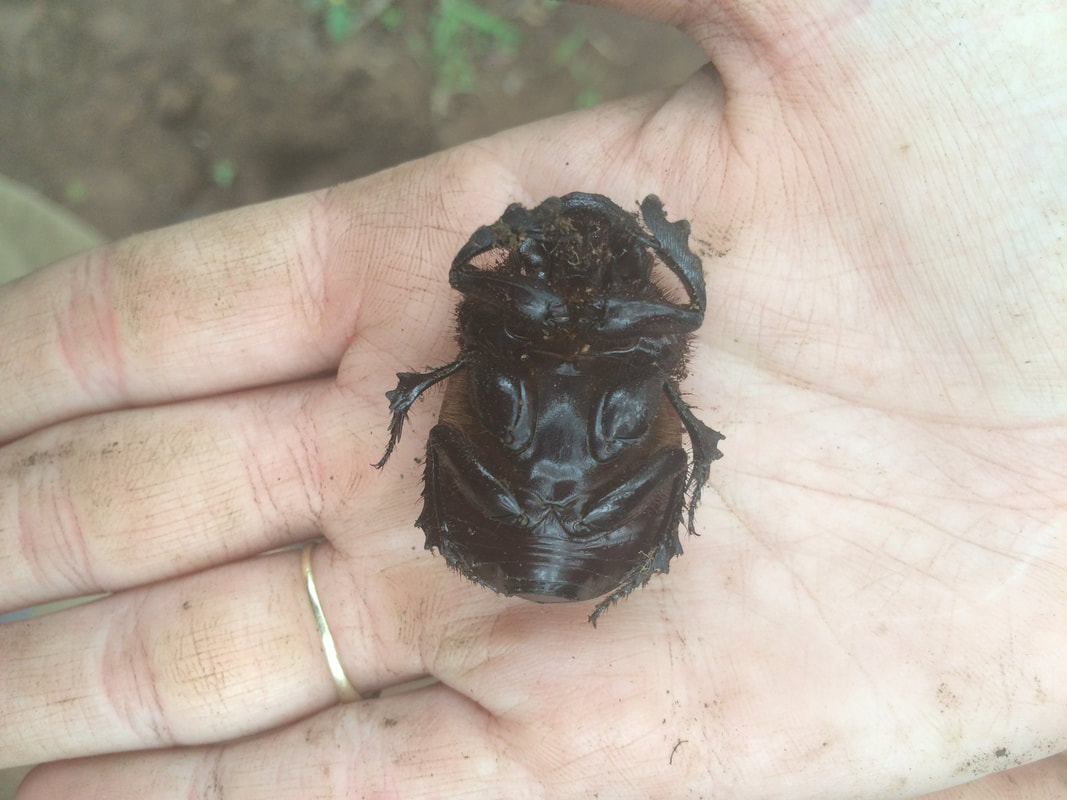My Work.
|
A Rheumaptera meadii caterpillar really chomping down on Berberis canadensis (American barberry), its native host plant of choice on the east coast
|
Why aren't Rheumaptera meadii eating more barberry?
On the left here is a video of a caterpillar, Rheumaptera meadii going to town on some yummy barberry. These guys take hungry hungry caterpillar to the extreme, increasing their body mass 10,000x in under a month, and they only eat barberry. This is good news! Japanese barberry is one of the worst invasive plants we have in New England. But that raises the question - if they eat so much barberry, why is there still so much barberry? We really don't know. Now, this is the point where Smith, Slobodkin, and Hairston come flying in to discuss the "world is green hypothesis", which, might be in play here, but none of the Rheumaptera caterpillars I've ever caught have had a parasitoid*, and birds tend to avoid patches of barberry, so, I've got another hypothesis: Rheumaptera aren't actually native! Before the introduction of Japanese barberry, there were no probably no Rheumaptera in New England. In fact, east of the Mississippi river, their only possible host was American barberry, a plant that only ranges as far north as Maryland. I suspect that Rheumaptera didn't even eat that: I think that they moved from evergreen plants west of the Rockies once Japanese barberry took over; and, I think they're so bad at eating Japanese barberry because it's deciduous! Experiments to come :) *Fall 2023 update: they have parasitoids! The Rheumaptera I collected in late September of this year have been getting clobbered by a type of wasp. |
|
Tritrophic interactions among Hamamelis virginiana, two specialist caterpillars, and a whole mess of parasitoids
The big question: Are caterpillars more likely to be killed by parasitoids depending on the density of their host plant? For the summers of 2020 and 2023, I spent my time in the UConn forest, hitting witch hazel trees (H. virginiana) with PVC pipe and grabbing the caterpillars that fell out. Specifically, I was looking for two species of (adorable) lepidopterans, the mustard sallow (Pyreferra hesperidago) and the three-spotted Nola (Nola triquetrana). These two species are specialists - they only eat witch hazel! That fact allowed me to ask a question - does a caterpillar on a lone witch hazel in the woods have a better chance of avoiding predators than one that is in a big patch of witch hazel? Let's think about that on more human terms - if you were going blueberry picking, with the goal being to collect as many blueberries as possible, would you search in a big patch of blueberry bushes, or go to a single blueberry bush surrounded by non-blueberry plants? The big patch, obviously! So shouldn't it be the same for caterpillar predators? If they are searching for a caterpillar that only eats witch hazel, then they would go hunting in more dense patches of witch hazel more often, and kill more caterpillars there. This idea has a lot of ramifications for plant populations - if their herbivores are more likely to be killed when they grow in dense clusters, then they should cluster much more than they disperse. Since I'm a crazy person, I mapped out the location of every witch hazel tree in the UConn forest (and nearby Whetten Woods). You can find that map to the right (and you can zoom in as far as you'd like!). I'm looking to see if these plant's densities affects the caterpillars (and vice-versa). |
|
|
Acronicta superans eats only plants from the Rose family, but does it like them all equally? Here it's eating a hawthorn, but it seems to generally prefer cherry trees.
|
Community interactions between caterpillars and the plants they like
The big question: Are caterpillars more common in big, dense, yummy patches of their host plants? Okay so this seems like a fairly simple question, but, leave it to ecologists (and by ecologists I mean me, I guess) to try to put an exceptionally complex spin on things. So I ask you, dear reader: what counts as a host plant? This is a fairly simple question for the aforementioned P. hesperidago and N. triquetrana, it's witch hazel. But what about a generalist? If a caterpillar elects to eat red maple nine times out of ten, and birch the other one out of ten, how do those host plants count? Should a dense patch of maple be the same level of "host density" for that caterpillar as a patch of birch? The answer to this question is a metric called electivity. Essentially, this metric asks how likely a caterpillar is to choose one food source over another, accounting for how much of that food source there is. Electivity gives a number between 0-1, and, when you sum all the electivity values for a single caterpillar across all its different host species you get 1. So, in the example given above, each birch tree would count as .1 host plants, and each maple tree would count as .9 host plants. With this framework, I strive to measure how each species of caterpillar's abundance is affect by host plant density. If my hunch is correct, I think that we'll see as host plant density goes up, the density of caterpillars goes down, even for generalists. Why? Well read the tritrophic interaction/witch hazel block of text above this one! |
Some nice photos from other things I've done.
Left Column: Dung beetle pitfall trap (Mbuluzi Game Reserve, Eswatini), geothermal vent (Reykjadalur, Iceland), my pet snails I have after an herbivory experiment
Right Column: Collecting Echinacea pollen (Douglas County, MN), Mangroves (Hummingbird Cay, Bahamas), a captured dung beetle (Eswatini; not my hand)
Left Column: Dung beetle pitfall trap (Mbuluzi Game Reserve, Eswatini), geothermal vent (Reykjadalur, Iceland), my pet snails I have after an herbivory experiment
Right Column: Collecting Echinacea pollen (Douglas County, MN), Mangroves (Hummingbird Cay, Bahamas), a captured dung beetle (Eswatini; not my hand)
